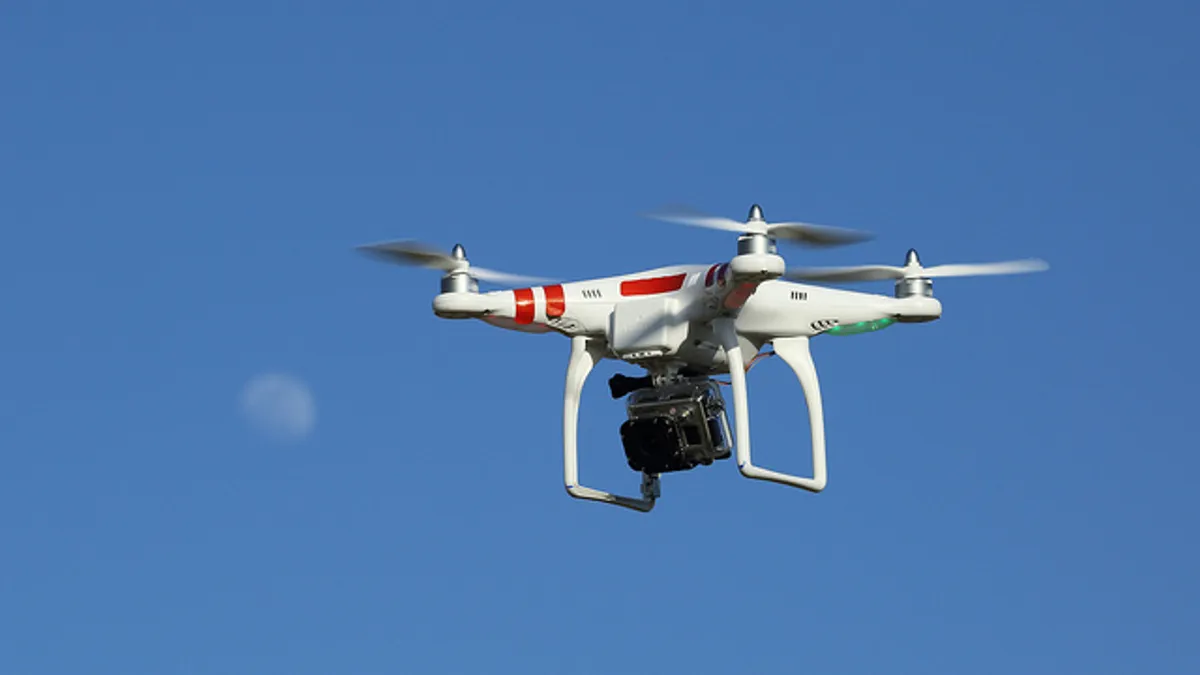Dive Brief:
-
The Federal Aviation Administration (FAA) has given authorization for Xcel Energy to routinely fly unmanned aircraft beyond the operator’s line of sight.
-
The authorization, the first for a utility, will allow Xcel to begin using drones to survey transmission lines near Denver, Colorado.
-
When the Denver area transmission inspections are completed, Xcel plans to work with the FAA to extend its beyond line-of-sight operations in other states in its territory.
Dive Insight:
Moving beyond line of sight is a first not only for utilities but for industry as a whole. “This announcement is what the industry is looking for; it is the Holy Grail,” an Xcel spokesperson told Utility Dive.
Excel first secured FAA approval to use drones back in 2015 when it won authorization to use unmanned aircraft to inspect thousands of miles of power lines and gas pipelines, but only at low altitudes and over its own property.
Earlier that year, the FAA also granted authorization to Commonwealth Edison, San Diego Gas & Electric and Southern Co. to use drones for power line inspections. And in February, Baltimore Gas and Electric will start testing the use of drones to inspect overhead power lines and poles.
Drones allow inspection work to be done without trucks, helicopters or other utility equipment. But the latest Xcel approval takes the use of drones to the next step.
The allure of drones for industry is better service at lower costs, but those costs cannot be realized if a drone still needs a line-of-sight operator every couple of miles.
Xcel estimates that flying drones beyond line of sight will eventually cost between $200 and $300 per mile compared with helicopter flights that cost an average of $1,200 to $1,600 per mile.
Starting this summer, Xcel plans to begin routinely flying drones beyond operators’ visual sight line within an area about 20 miles north of Denver International Airport. Licensed pilots will remotely operate a small, unmanned helicopter weighing less than 55 pounds.
The utility will use licensed pilots and advanced command-and-control technology to ensure safe operations while it inspects transmission lines. And the drones must still comply with the FAA’s stipulation that they can only fly over Xcel owned property.
Xcel Energy inspects more than 320,000 miles of electricity and natural gas infrastructure to ensure the safety and reliability of its energy system.














